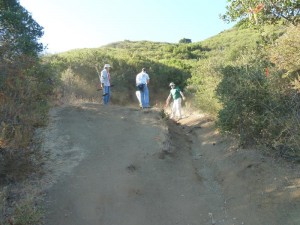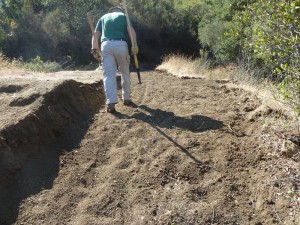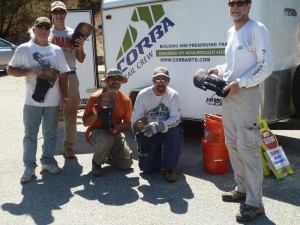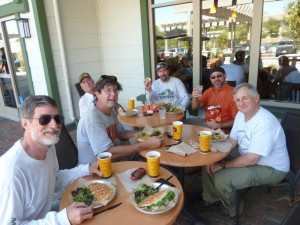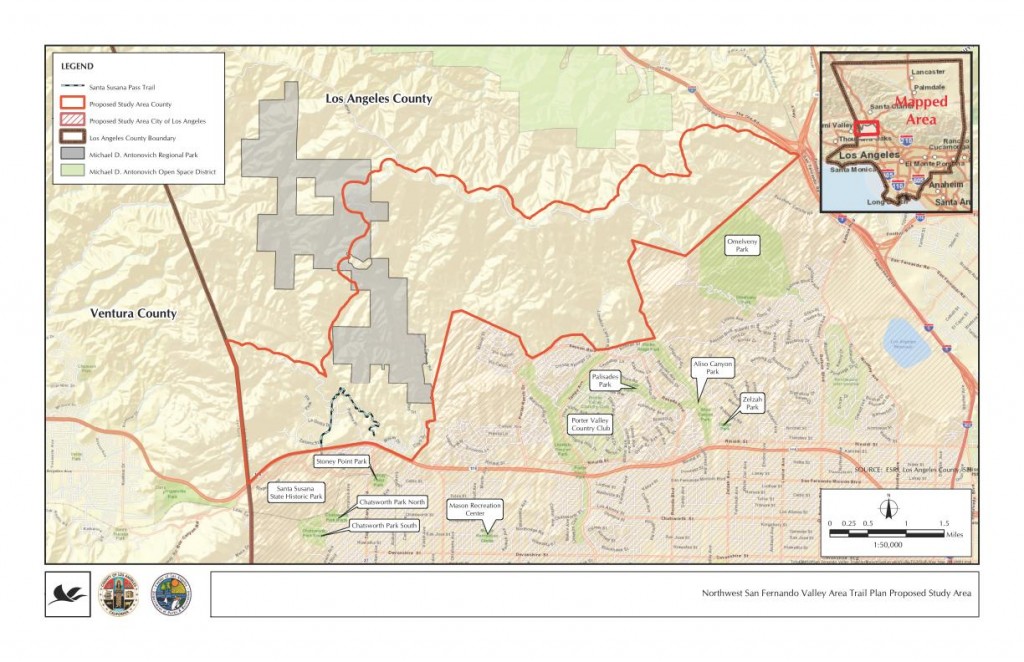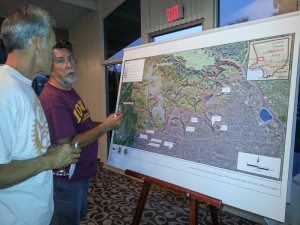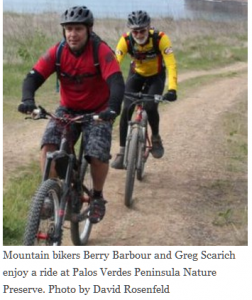 The article below is from the Easy Reader newspaper (Hermosa Beach). It details the struggles Rancho Palos Verdes mountain bikers (represented by CORBA Palos Verdes) have been having with access to local trails, dating back to 2008 (and even before that). The news is good, but it still remains to be seen until the next RPV City Council meeting on October 2. People in favor of bicycle access to Rancho Palos Verdes trails are encouraged to attend. For more information go to www.mtbpv.org/
The article below is from the Easy Reader newspaper (Hermosa Beach). It details the struggles Rancho Palos Verdes mountain bikers (represented by CORBA Palos Verdes) have been having with access to local trails, dating back to 2008 (and even before that). The news is good, but it still remains to be seen until the next RPV City Council meeting on October 2. People in favor of bicycle access to Rancho Palos Verdes trails are encouraged to attend. For more information go to www.mtbpv.org/
RPV TO AMEND TRAILS USE PLAN
Mountain bikers could see more access to trails at the Palos Verdes Nature Preserve and Abalone Cove Shoreline Park and Ecological Preserve if, as expected, the Rancho Palos Verdes City Council decides the matter Oct. 4. (Info incorrect, actual date is Oct. 2–CORBA)
The proposal drew lots of public input last May when it first came before the council after a series of public workshops earlier in the year that drew around 40 people each. Several speakers opposed the additional access for bikers, causing the council to reconsider the issue until after the summer.
The original trails use plan for most of the 1,400-acre nature preserve went into effect in 2009 after a nearly two-year process led by a committee of citizens and public officials. Now the non-profit Palos Verdes Peninsula Nature Conservancy, which oversees the property, wants to designate trails on a remaining 190-acre portion known as Filiorum.
The opportunity also opened the door to revise the existing trails plan on the rest of the preserve, said Danielle LeFer, conservation director. In all, mountain bikers will potentially regain access to two trails in the Portuguese Bend area and four trails in the Abalone Cove area.
“I know mountain bikers would like to see more trails open to bikes,” said LeFer. “We incorporated all the comments we received and responded to those. Based on all of those, and discussions with rangers and city staff, we came up with some recommended changes.”
When the issue comes back to the council next month, little will have changed from what was presented in May, said Ara Mihranian, deputy director of community development for RPV.
“There are other groups out there that have their own agendas who are asking the council to make changes, but that’s not what’s being recommended by staff,” Mihranian said.
Long-time mountain biker Troy Braswell said he’s concerned the council could reverse a lot of the hard work accomplished in 2009. But council member Susan Brooks said that’s not the case.
The council postponed its decision so it could become more familiar with the preserve, Brooks said.
“The community had been working on this, but I think a lot of us were not aware of just how intensely they have been,” Brooks said. “Now that I’ve come to see just how much work has been done in the ensuing years, it really gives me a new respect for the process that has already taken place and we need to respect that.”
Brooks said RPV bears the burden of managing all the parks on the peninsula with no additional funding aside from city coffers.
“We have over 40,000 residents and we’re the largest city on the hill, but we bear the responsibility for all the parks and all the recreational facilities,” Brooks said. “Is RPV supposed to be the playground for all of the LA basin?”
By designating the trails, conservationists hope to limit impacts to the natural terrain as well as conflicts with different users. Since June 18, a ranger hotline received 55 calls, mostly about off-leash dogs said Katie Howe, parks and recreation administrative assistant.
“It’s helping to keep us aware of what’s going on in the preserve,” Howe said.
So far no calls have come in with conflicts regarding horses or mountain bikers, Howe said.
Gordon Leon, who formerly chaired the city’s equestrian committee, said the trails plan has worked pretty well.
“The trails are integral to the semi rural nature of Rancho Palos Verdes,” Leon said. “We have enviably one of the best trail networks certainly in the South Bay and to a greater extent Los Angeles. I think we’ve come to a reasonably amicable solution.” ER
 On October 6, in conjunction with the IMBA Take a Kid Mountain Biking Day, CORBA Kid’s Club will be having a fun ride at Malibu Creek State Park at 9:00 am. This will be a ride followed by a barbecue. All ages are welcome! If the kids are too young to ride, feel free to bring a bike trailer or trail-a-bike and tow them along. These can be your own kids, nieces, nephews, friends kids, neighbor kids… Kids must have their own bikes and helmets.
On October 6, in conjunction with the IMBA Take a Kid Mountain Biking Day, CORBA Kid’s Club will be having a fun ride at Malibu Creek State Park at 9:00 am. This will be a ride followed by a barbecue. All ages are welcome! If the kids are too young to ride, feel free to bring a bike trailer or trail-a-bike and tow them along. These can be your own kids, nieces, nephews, friends kids, neighbor kids… Kids must have their own bikes and helmets. Childhood obesity in the United States has reached an all-time high. Experts say that the current generation of U.S. children could actually have a shorter life expectancy than their parents. IMBA and CORBA believe mountain biking can help reverse this trend. We need your help to get kids back on bikes.
Childhood obesity in the United States has reached an all-time high. Experts say that the current generation of U.S. children could actually have a shorter life expectancy than their parents. IMBA and CORBA believe mountain biking can help reverse this trend. We need your help to get kids back on bikes.


